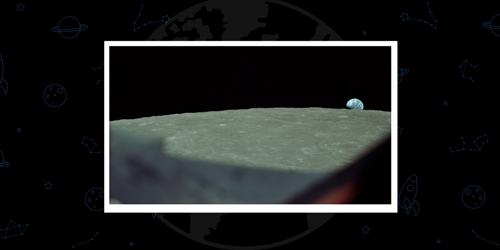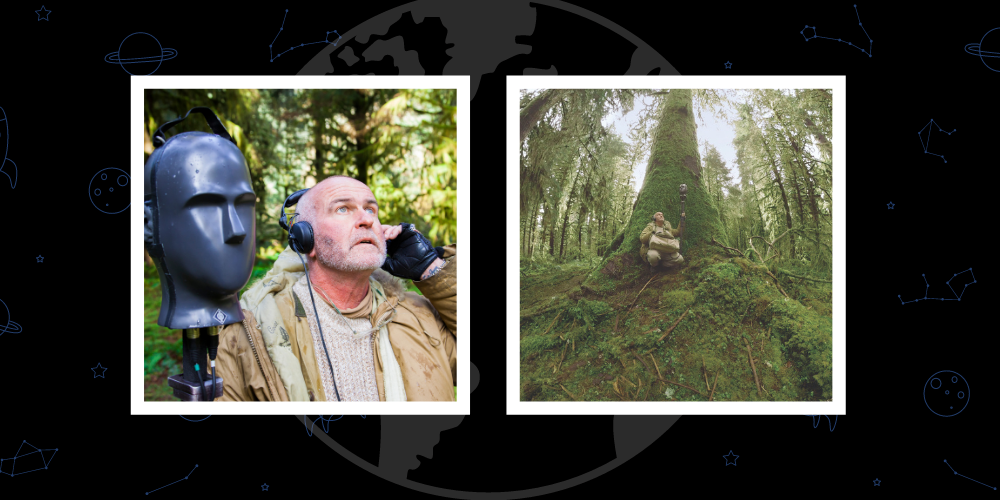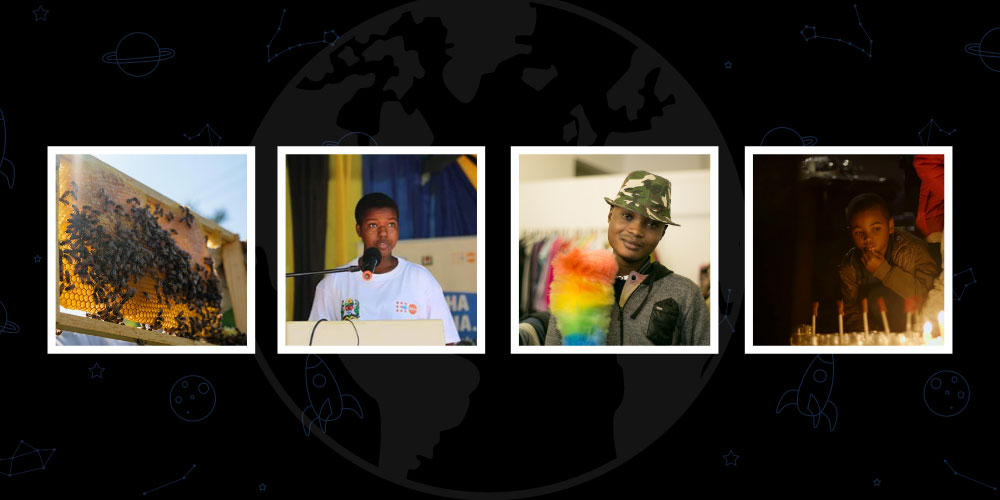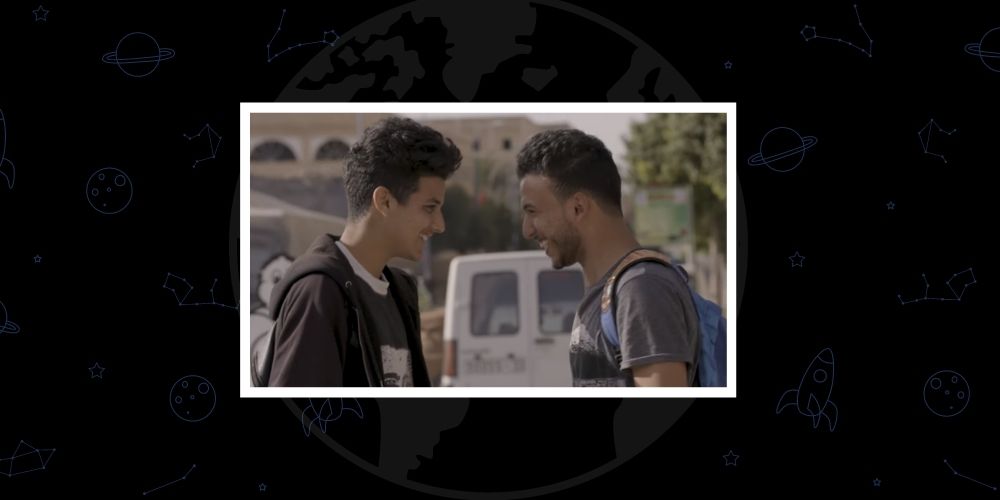This month on the Planet Classroom Network, audiences everywhere can screen Director Emmanuel Vaughan-Lee’s film, Earthrise.
Earthrise tells the story of the first picture captured of Planet Earth taken from space in 1968. This iconic image that transcends all lines of identity had a powerful impact on the Apollo 8 astronauts and the entire world. In the film the astronauts recount their experiences and memories of their historic journey.
The Global Search for Education is pleased to welcome Emmy nominated filmmaker and composer Emmanuel Vaughan-Lee.
Perspective is a central theme of Earthrise, as the film reflects on the universal and boundless reverberations caused by the framing of a single image. It afforded a way of seeing our shared home that resonated with all citizens of the world. How was this picture able to transcend lines of identity, and touch people indiscriminately?
We’ve grown up in a world where we take for granted the idea of being able to see the imagery that captures the whole Earth. We’re living in 2021 and most of our lives we’ve been able to easily see what the Earth looks like. We’ve grown up with imagery that captures the Earth as this beautiful blue planet against the blackness of space. But in 1968, there were no such images. The Apollo 8 mission, the first mission to leave Earth’s atmosphere and travel to the moon, brought back images that captured the Earth as a whole for the first time in human history. They didn’t just capture images, like the iconic Earthrise photo, which is the main “character” in the film Earthrise, but they also shared their experience of being in space, live, beamed around the world via television.
How might contemporary activists use this instance of shared appreciation and perspective to begin discarding a national understanding of common issues and adopt one that is more global and inclusive?
Before 1968, there had never been a global audience of that size participating in a live television event. On Christmas Eve 1968, a billion people watched live as the astronauts circled the moon and looked back on the Earth and shared a message with humanity. A few days later, after they had returned to Earth, the photos capturing their experience were shared with everyone around the world through newspapers, magazines, and television broadcasts. The picture they chose to represent their experience of what it was like to look back on Earth from the moon and see this magical planet that was their home was the Earthrise photograph. This experience of being part of a live broadcast around the world, of seeing the Earth, even though it was a fuzzy black and white image from space, enabled the astronauts to communicate their experience. They see this image encapsulating what they had witnessed was a very monumental event. It framed their experience of what it was like to be looking back on the Earth and invited everybody who saw it to share in that moment. It was not an event just for Americans or Europeans, it was an event for anyone around the world to experience and participate in. They were on this planet and they could see that they were all part of one interconnected whole. It was one globe that was shining there in the darkness. As a result of the sharing of this experience on television and then through the photograph, it was able to transcend lines of identity, borders, boundaries, ideologies – communist versus capitalist. It didn’t matter because everybody was on this world together. They all, for the first time, saw an image that represented who they are and where they are and where they come from. It hit people on an emotional, spiritual level as much as it did on any sort of political level. That’s what made the Earthrise photograph so powerful. It invited everyone to say, we’re in this together.
What do you believe or hope are the main takeaways for the audience in Earthrise?
Fifty years later, the image still has potency, especially if we take the time to reconnect to the original story and the moment that made it so powerful. It recognized that there is a need to remember that we are all part of one world. We’ve seen so much imagery that captures Earth as a whole from space, Google Earth—it’s all out there and we can see it all the time. But we take it for granted. If we can return to that first image and remember why it was so powerful, so potent, and why it mattered so much, perhaps we can breathe new life into understanding why we need to remember that we live on one planet together.
This photograph kickstarted the environmental movement for a reason. It offered a visual representation of why it mattered to care about the Earth and be environmentally conscious and ecologically aware and to see that we are all in this together. If we can return to that, return to the roots of what started the environmental movement and use this image as a way of honoring who we are and where we have come in these last fifty years, we can breathe new life into how we want to respond to the tremendous challenges of climate change. Although it was an issue fifty years ago, it’s a much dire situation today.
Thank you Emmanuel.
C. M. Rubin and Emmanuel Vaughan-Lee
All photos are Courtesy of the Global Oneness Project
See Earthrise on the Planet Classroom Network







Recent Comments